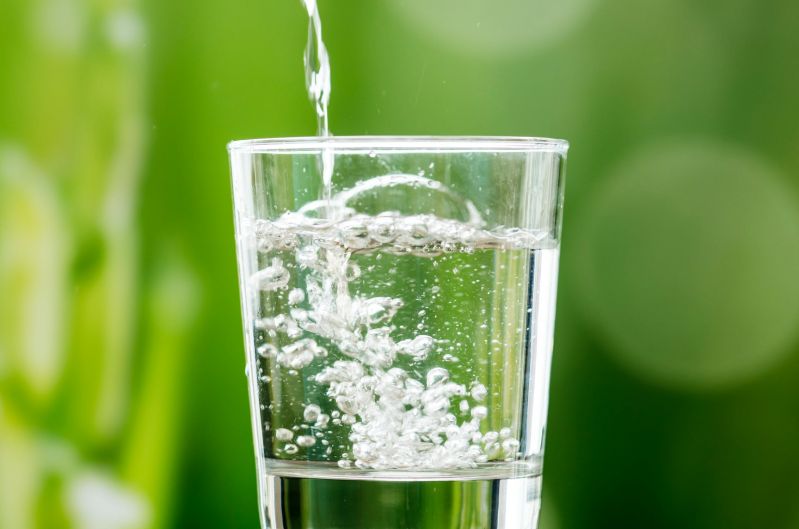Nanowires with Natural Plant Fibers to Enhance Water Filter Functions
Published on by Water Network Research, Official research team of The Water Network in Technology
Chinese researchers have braided nanowires with natural plant fibers to enhance the efficiency of water purification filter paper.
By Asian Scientist Newsroom

Representative Image by Pexels, labeled for reuse
Combining nanowires with natural plant fibers, a team of scientists in China has found a way to purify water efficiently. Their findings are published in the journal ACS Applied Materials & Interfaces.
To deal with water shortages and pollution, scientists have strived to develop water treatment technologies and new filter materials. Although a variety of filter membranes for water purification are currently available, some of the membrane materials have poor biocompatibility or low separation efficiency. There is thus a need for filtration materials which are environmentally friendly, multifunctional and highly efficient.
In this study, a research group led by Professor Zhu Yingjie from the Shanghai Institute of Ceramics at the Chinese Academy of Sciences developed water purification filter paper made of ultralong hydroxyapatite nanowires combined with natural plant fibers. The nanowires interweave with one another to form a nanoscale porous network structure, which can greatly increase the porosity of the filter paper and regulate its pore size.
Furthermore, the researchers showed that the nanowires are biocompatible and improved the mechanical strength of the paper. The subsequent addition of polyamidoamine-epichlorohydrin resin further enhanced the wet mechanical strength of the filter.
In experiments, the team demonstrated that the nanowire-plant fiber composite achieved a pure water flux reading 3,200 times higher than that of conventional filter paper. A higher pure water flux reading means that a larger volume of water passes through the filter membrane per unit time, per unit area and per unit of transmembrane pressure.
The researchers also showed that the embedded nanowires facilitate adsorption and ion exchange, which allows the effective removal of organic dyes and heavy metal ions such as lead ions. Other contaminants such as microparticles, nanoparticles and bacteria could also be separated from water using the filter.
Reference:
Qiang-Qiang Zhang, Ying-Jie Zhu, Jin Wu, Yue-Ting Shao, An-Yong Cai, Li-Ying Dong, "Ultralong Hydroxyapatite Nanowire-Based Filter Paper for High-Performance Water Purification", ACS Appl. Mater. Interfaces, 2019, 11 (4), pp 4288–4301, DOI: 10.1021/acsami.8b20703
Source: Asian Scientist
Media
Taxonomy
- Purification
- Filtration
- Filters
- Nanotechnology
- Filtration
- Nanotechnology
- Water Purification
- Nanotechnology
- Nanofiltration
- Nanotech Other
- Nanotech
- Water filtration, purifiers, nano filtration